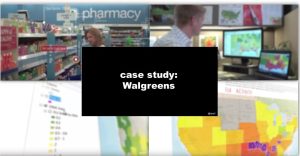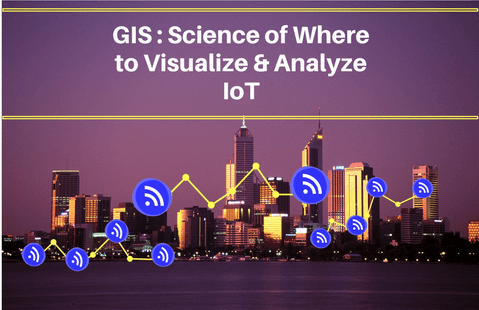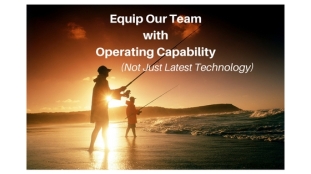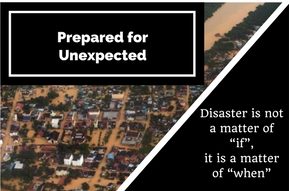
Implementing GIS requires more than technology. Properly empowering your GIS team is equally crucial in a successful implementation.
There are always many lesson learned and new inspiration from watching GIS use cases and podcast interview with geospatial leaders. Today, I would like to share with you this wonderful use case of applying GIS in commercial world for staying ahead of competitions, improving collaboration among various departments and ultimately growing sales and profitability.
Walgreens is US’s second-largest pharmacy store chain with about 8000 stores nationwide. Walgreens is leveraging on GIS extensively to improve information feed supporting marketing planning, sales, media relation and even M&A due diligence. You can watch the full video here
Walgreens is using GIS to help them understand their customers better by putting on spatial lens to get better answer for their spatial questions such as where they live, where they work, what they shop from which stores, etc.
Walgreens is collating their sales data from their stores that spread all over US to identify trends and patterns. One example shared in the video is how Walgreen invented their own almost real time Flu-Index by aggregating all flu-related prescriptions sold nationwide with powerful mapping analytic capability. Instead of relying on official Flu-Index data which are normally few weeks lagged, this near real time Flu-Index enable Walgreens to know flu outbreak ahead and to react earlier.
However, what really attracted my attention and worth highlighting is the video starts with Director of Enterprise Location Intelligence explaining the GIS team is well-positioned within Corporate Strategy Division in order to serve all users throughout the company and their decision making process.
It showcases that proper top-down empowering and leadership is essentially fundamental when introducing new technology. It is a brilliant idea to empower the GIS team by having a full time navigator (Director of Enterprise Location Intelligence) within Corporate Strategy Div to coordinate and secure more buy-in from different divisions throughout the company.
This reminded me way too often the human aspect of change management is neglected when we implement GIS project. We focus most of our attention on data, software, hardware, network security, etc but the human factor is been ignored.
From executive perspective, the leadership role goes beyond just asking the right questions and signing off the budget. There is one crucial empowerment that needs to be communicated clearly to all stakeholders, that the company is serious in implementing change. From Walgreens’s perspective, the message is conveyed loud and clear by establishing their very own Enterprise Location Intelligence team within the Corporate Strategy Division.
Implementing GIS requires more than technology. In addition to defining good business case for location intelligence and getting the right resources to implement your GIS, properly empowering the team is equally crucial in a successful implementation.
Sandwiched between challenges from traditional and disruptive competitions, have you put on your spatial lens in your decision making? Do you have your Enterprise Location Intelligence team? Where do you place them in your organization?




